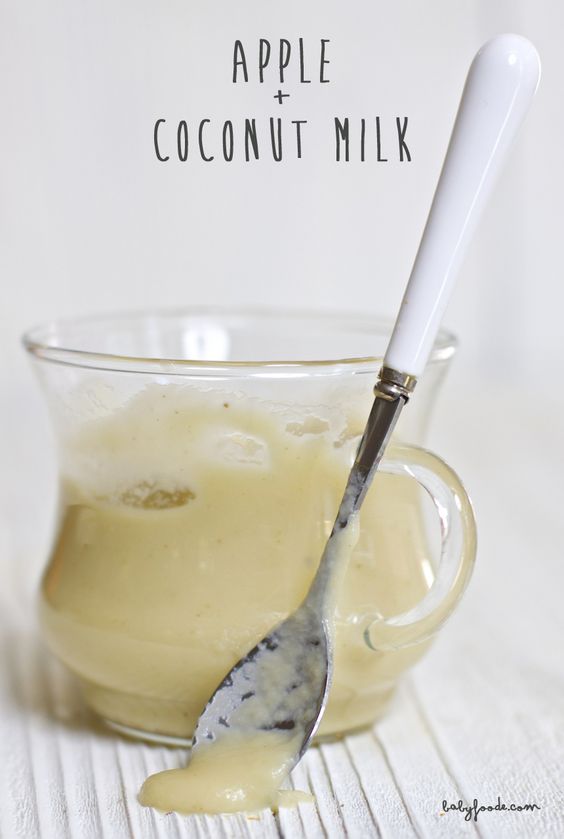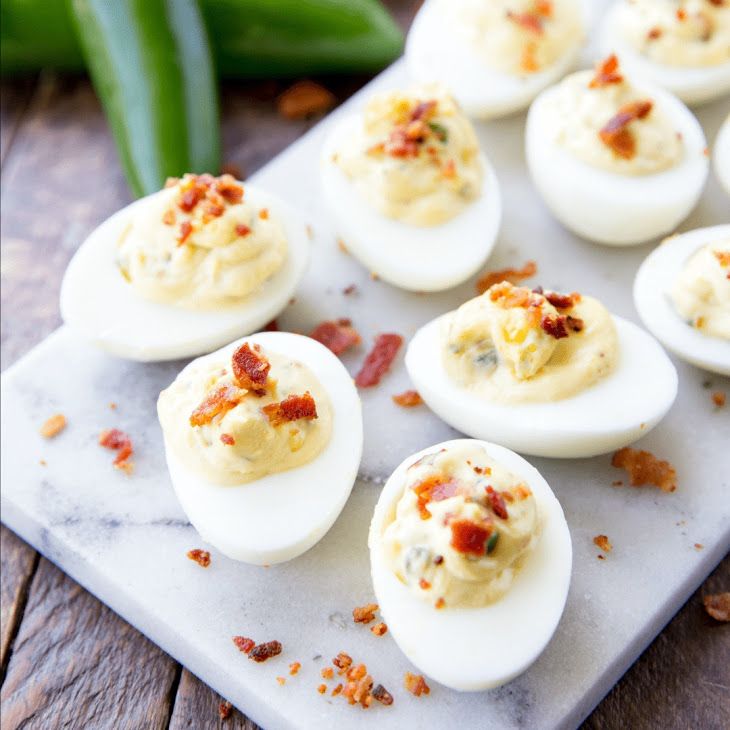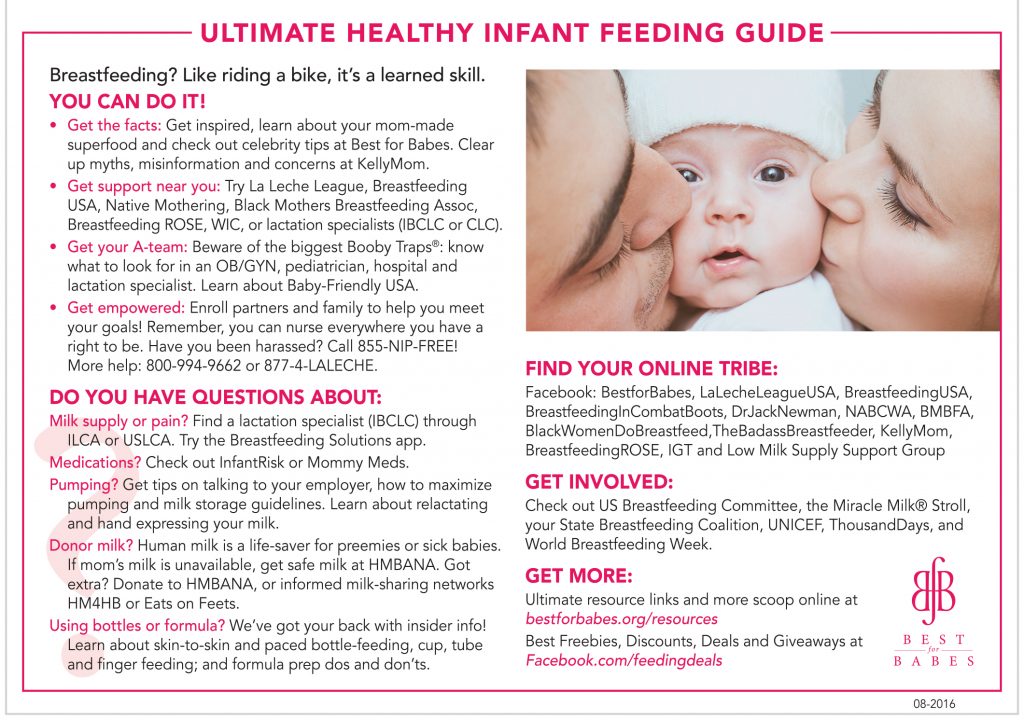Coconut milk in baby food
Coconut Milk for Babies - First Foods for Baby
When can babies have coconut milk?
While coconut milk can be a terrific ingredient for cooking food for babies as young as 6 months of age, wait until after your baby’s first birthday to serve it on its own as a drink so it doesn’t displace valuable nutrition from breast milk or formula. For a detailed comparison of plant-based milks and milk alternatives, see our Milk FAQs page.
Background and origins of coconut milk
Coconut is a fruit that grows abundantly on palms in tropical climates. Within the hard shell are two nutritious staple foods for cultures around the world: the refreshing water and the creamy white meat. While coconut water is best reserved for toddlers 12 months and up, the meat can be eaten fresh or processed to make coconut cream, coconut milk, coconut butter, coconut yogurt, and more. Learn more—and see our coconut page for more information about introducing fresh or dried coconut meat and coconut oil.
Is coconut milk healthy for babies?
Yes, if used as an ingredient in solid food. Never serve coconut milk to a baby younger than 12 months of age as it can displace critical nutrition from breast milk or formula. The American Academy of Pediatrics advises that babies should drink only breast milk or formula until the first birthday (and optionally, small amounts of water after six months of age).1
Nutritionally coconut milk boasts a good amount of healthy fats—some of which are easier to digest and absorb than fats from animal products.2 3 That said, nutrition varies widely depending on the brand, so read labels closely. For example, canned coconut milk can have different nutrients than boxed dairy-free coconut milk alternatives, which are sometimes sweetened and/or fortified with vitamins and minerals. Some milk is thick because the meat is pressed only once to extract the fruit’s liquid, while others are watery from a second pressing that results in a thinner liquid. Some contain stabilizers like guar gum (a thickener made from beans) to help maintain the liquid’s creamy texture. Other brands are flavored with added sugar to make dairy-free milk alternatives and sweetened, condensed “cream of coconut”—which are very different food products than unsweetened coconut milk and coconut cream.
Some milk is thick because the meat is pressed only once to extract the fruit’s liquid, while others are watery from a second pressing that results in a thinner liquid. Some contain stabilizers like guar gum (a thickener made from beans) to help maintain the liquid’s creamy texture. Other brands are flavored with added sugar to make dairy-free milk alternatives and sweetened, condensed “cream of coconut”—which are very different food products than unsweetened coconut milk and coconut cream.
To complicate matters, coconut milk is often packaged in containers lined with bisphenol A (BPA), which studies have shown can disrupt a baby’s bodily functions.4 5 Choose cans and plastic containers marked with a BPA-free label—and opt for unsweetened products with no added ingredients.
If you are not familiar with the brands, knowing what to expect when opening a container is a bit of a guessing game because there are no global standards to regulate how the products are labeled. As always, read the fine print on the label, choose products with the fewest added ingredients, and pay attention to a recipe’s instructions. Recipes often specify a specific brand and/or the type of coconut product, i.e. “full-fat unsweetened coconut milk” or “lite coconut milk” or “unsweetened coconut milk beverage”.
As always, read the fine print on the label, choose products with the fewest added ingredients, and pay attention to a recipe’s instructions. Recipes often specify a specific brand and/or the type of coconut product, i.e. “full-fat unsweetened coconut milk” or “lite coconut milk” or “unsweetened coconut milk beverage”.
Coconut yogurt is a popular dairy-free alternative but tends to be low in protein, which is not ideal for babies. (Soy-based yogurt would offer more protein, just make sure you buy an unsweetened.) If soy yogurt is not possible and you are set on buying coconut yogurt, purchase products that are unsweetened and fortified with calcium and vitamin D.
★Tip: Unopened containers of coconut cream and coconut milk have a long shelf life—two years or more depending on the product. Once a container has been opened, store (ideally in a glass jar) in the fridge and use within 4 days if canned or 1 week if boxed. Alternatively, freeze it in a sealed container for up to 3 months.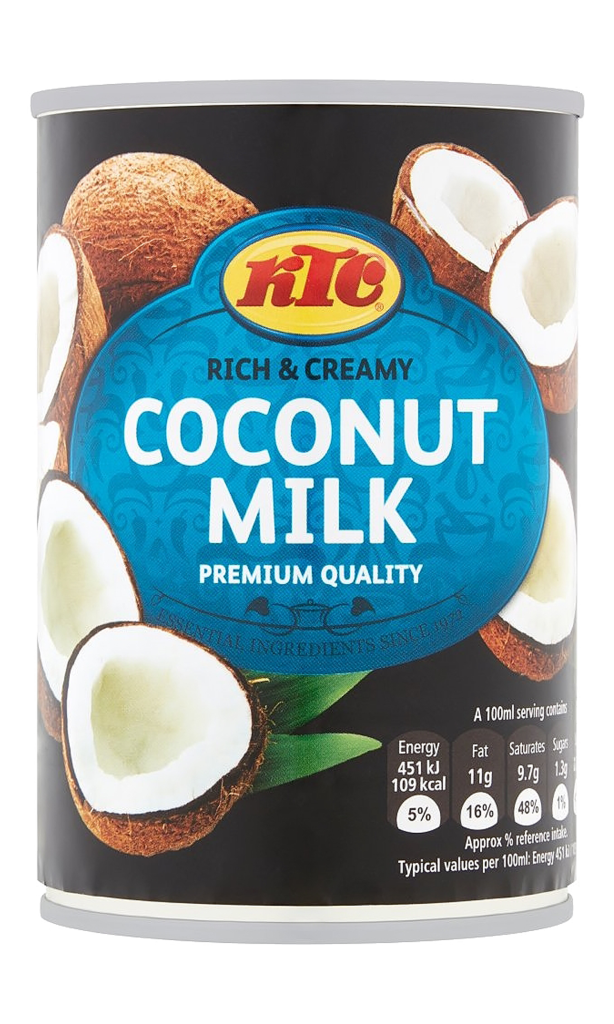
Is coconut milk a common choking hazard for babies?
No. Coconut milk is not a common choking hazard, though infants can choke on liquid. As always, make sure to create a safe eating environment, to stay within an arm’s reach of a baby during mealtime, and to check out our age-appropriate serving suggestions.
For more information, visit our section on gagging and choking and familiarize yourself with common choking hazards.
Is coconut milk a common allergen?
Yes and no. While coconut is technically a fruit, the United States Food & Drug Administration classifies coconut as a tree nut, even though coconut allergy is rare.6 7 However, in the rare cases where coconut allergy does exist, it has been associated with severe reactions.8 Of note, coconut is often preserved with sulfites, which may trigger a reaction with symptoms that mimic anaphylaxis.9 10 Children with asthma may be most susceptible to sulfite sensitivity. 11
11
Some organizations advise that individuals with tree nut allergies avoid coconut while simultaneously acknowledging that coconut can be safely consumed by most individuals with tree nut allergies.12 In the small number of documented coconut allergies, most were not allergic to tree nuts.13
As you would when introducing any new food, start by offering a small quantity for the first few times. If there is no adverse reaction, gradually increase the quantity over future meals.
How to prepare coconut milk for babies with baby-led weaning?
Every baby develops on their own timeline, and the suggestions on how to cut or prepare particular foods are generalizations for a broad audience. Your child is an individual and may have needs or considerations beyond generally accepted practices. In determining the recommendations for size and shape of foods, we use the best available scientific information regarding gross, fine, and oral motor development to minimize choking risk.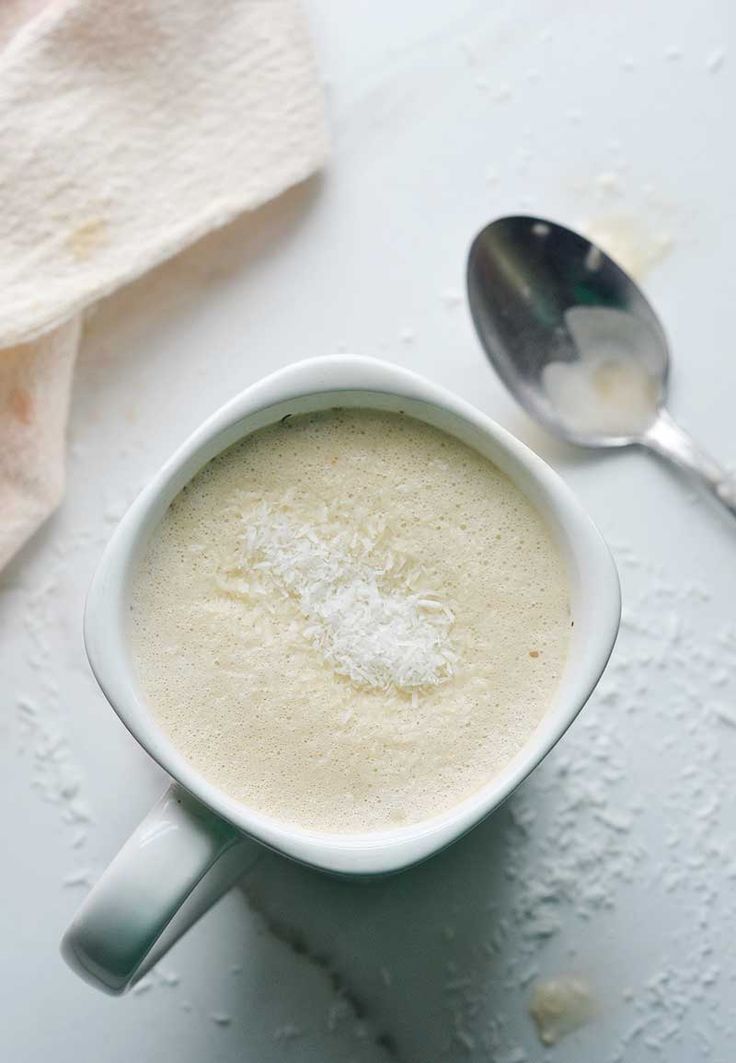 The preparation suggestions we offer are for informational purposes only and are not a substitute for child-specific, one-on-one advice from your pediatric medical or health professional or provider. It is impossible to fully eliminate all risk of a baby or child choking on any liquid, puree, or food. We advise you to follow all safety protocols we suggest to create a safe eating environment and to make educated choices for your child regarding their specific needs. Never disregard professional medical advice or delay in seeking it because of something you have read or seen here.
The preparation suggestions we offer are for informational purposes only and are not a substitute for child-specific, one-on-one advice from your pediatric medical or health professional or provider. It is impossible to fully eliminate all risk of a baby or child choking on any liquid, puree, or food. We advise you to follow all safety protocols we suggest to create a safe eating environment and to make educated choices for your child regarding their specific needs. Never disregard professional medical advice or delay in seeking it because of something you have read or seen here.
6 to 12 months old: Hold off on serving coconut milk as a drink and instead use unsweetened coconut milk or coconut cream as a base for oatmeal, rice, and warm cereals, taking care to thoroughly mix until smooth. You may also try adding a splash of coconut milk to loosen mashed fruits and vegetables to boost fat content.
12 to 18 months old: Use unsweetened coconut cream and coconut milk in your cooking.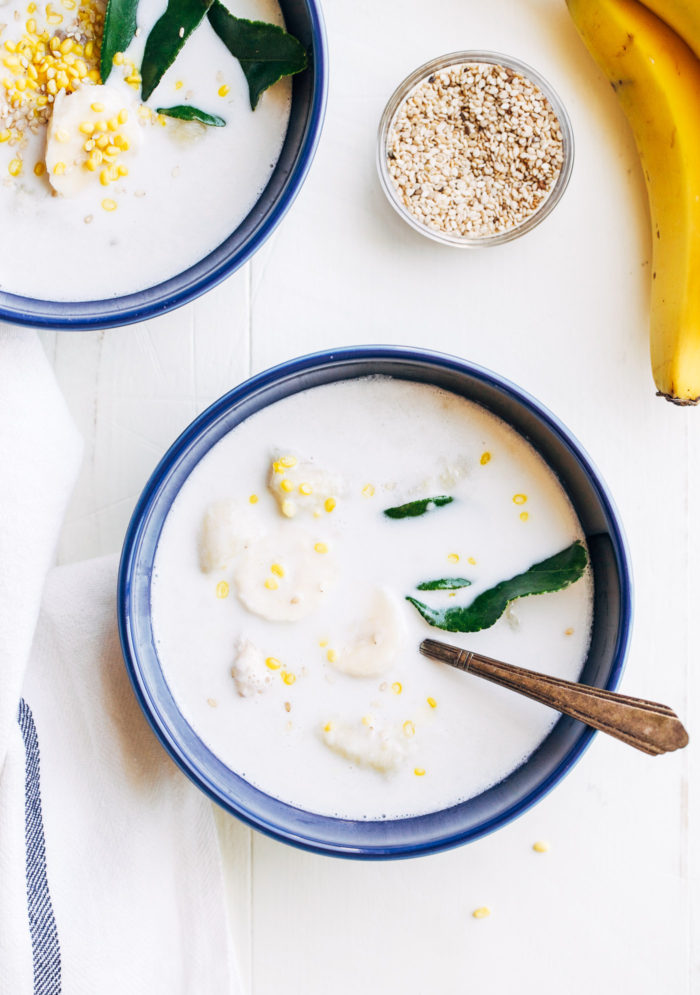 You may also encourage drinking skills by serving a small quantity of unsweetened coconut milk beverage. If you are up for a kitchen project, make fresh coconut milk by soaking in hot water either dried coconut flakes or the grated the meat of a whole coconut, then pressing through a fine-mesh colander to extract the milk.
You may also encourage drinking skills by serving a small quantity of unsweetened coconut milk beverage. If you are up for a kitchen project, make fresh coconut milk by soaking in hot water either dried coconut flakes or the grated the meat of a whole coconut, then pressing through a fine-mesh colander to extract the milk.
18 to 24 months old: Smoothie time! Use unsweetened coconut cream or coconut milk liberally in smoothie recipes to boost fat and continue to cook with it as desired.
For more information on how to cut food for babies, visit our page on Food Sizes & Shapes.
The solids and liquids often separate in canned coconut milk. To combine, simply transfer all contents from the can to a Mason jar, screw on the lid, and shake vigorously. Use the amount called for in a recipe, then use the glass jar as the container to store the milk in the fridge.
Recipe: Coconut Root Veggie Mash
Yield: 1 child-sized serving
Time: 30 minutes
Ingredients
- 1-2 medium beets, plantains, purple potatoes, yams, or starchy vegetable of choice
- 1/2 cup unsweetened full-fat coconut milk or cream (from a can with a BPA-free label)
- 1 pinch ground coriander, ginger, or spice of choice (optional)
- 1 lime wedge (optional)
Directions
- Wash the vegetables, then peel and discard the skin.
 Chop the vegetable into chunks.
Chop the vegetable into chunks. - Place in a steamer basket. Add 1 cup of water to the pot. Cover and place on high heat.
- Steam until the vegetable chunks are soft and easily pierced with a tip of a knife, between 10 and 20 minutes depending on their size.
- Transfer the steamed vegetables to a mixing bowl. Add the coconut milk or cream and the spices and the juice of the lime wedge if you’d like to add extra flavor.
- Mash and mix until the mixture is mostly smooth. A little texture is okay as long as there are no clumps. Add more coconut milk or cream if the mixture is too thick. Let the mixture cool to room temperature before serving.
To Serve: Scoop ½ cup or more of the coconut mash into a baby bowl. Portion size if variable; let a baby’s appetite determine how much is eaten. Stick a baby spoon in the mash and encourage the child to self-feed with hands or use the utensil. You can help with utensil practice by pre-loading the spoon and passing it in the air to the baby.
To Store: Mashed vegetables with coconut milk or cream keep in an air-tight container in the fridge for up to 3 days.
This recipe contains coconut, which is classified as an allergen. Only serve to a child after coconut has been safely introduced.
Flavor Pairings
Coconut is mildly earthy and slightly sweet with a distinctive aroma of fresh fruit, toasted nuts, and vanilla. Coconut pairs well with fellow tropical fruits and vegetables like banana, cassava (yuca), mango, papaya, passion fruit, pineapple, and plantain, but tastes just delicious with produce from cooler climates like beet, blueberry, cabbage, carrot, peach, raspberry, and strawberry. It also works well as a flavor enhancer for chicken, egg, fish, pork, and other hearty proteins. Brighten the creaminess of coconut by seasoning with fresh herbs like basil, dill, lemongrass, makrut lime leaves, and mint; citrus like calamansi, lime, or orange; or dried spices like anise, cardamom, cinnamon, coriander, cumin, pepper, or turmeric.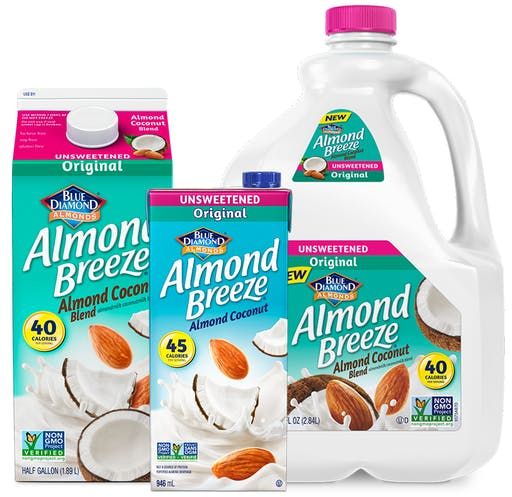
Reviewed by
J. Truppi, MSN, CNS
V. Kalami, MNSP, RD
K. Grenawitzke, OTD, OTR/L, SCFES, IBCLC, CNT
S. Bajowala, MD, FAAAAI. (allergy section)
R. Ruiz, MD Board-Certified General Pediatrician and Pediatric Gastroenterologist
- American Academy of Pediatrics. Infant Food and Feeding. Retrieved December 21, 2020
- You, Y.Q., Ling, P.R., Qu, J. Z., Bistrian, B. R. (2008). Effects of medium-chain triglycerides, long-chain triglycerides, or 2-monododecanoin on fatty acid composition in the portal vein, intestinal lymph, and systemic circulation in rats. JPEN. Journal of parenteral and enteral nutrition, 32(2), 169–175. DOI:10.1177/0148607108314758. Retrieved December 21, 2020
- Amarasiri, W.A., Dissanayake, A.S. (2006). Coconut fats. Ceylon Medical Journal, 51(2):47-51. DOI:10.4038/cmj.v51i2.1351. Retrieved December 21, 2020
- Braun, J.M. (2017). Early-life exposure to EDCs: role in childhood obesity and neurodevelopment.
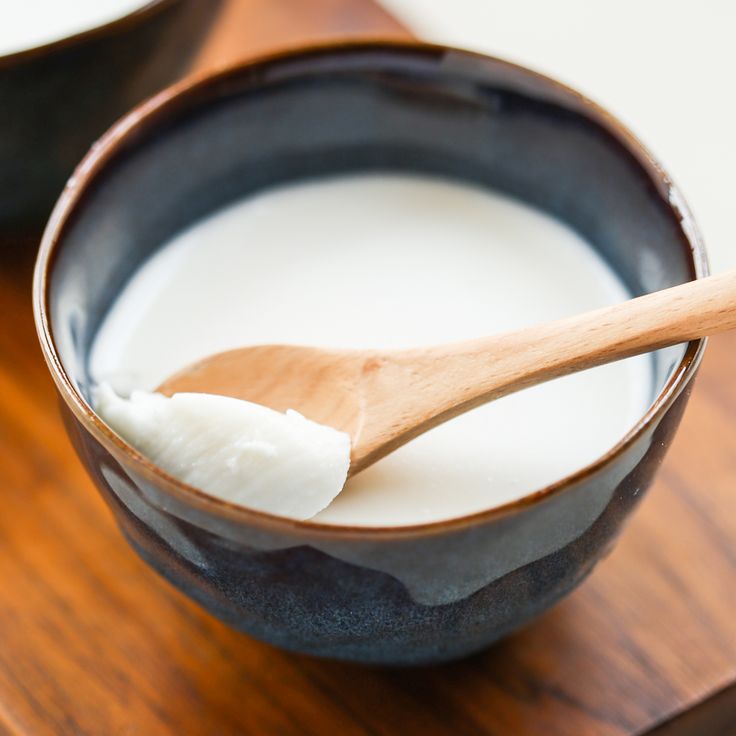 Nature Reviews Endocrinology, 13(3):161-173. DOI:10.1038/nrendo.2016.186. Retrieved October 13, 2020
Nature Reviews Endocrinology, 13(3):161-173. DOI:10.1038/nrendo.2016.186. Retrieved October 13, 2020 - Pjanic, M. (2017). The role of polycarbonate monomer bisphenol-A in insulin resistance. PeerJ, 13;5:e3809. DOI: 10.7717/peerj.3809. Retrieved January 5, 2021
- U.S. Food & Drug Administration. FDA Basics for Industry: Section 201(qq). Retrieved December 22, 2020
- Anagnostou, K. (2017). Coconut Allergy Revisited. Children (Basel, Switzerland), 4(10), 85. DOI:10.3390/children4100085. Retrieved December 21, 2020
- Anagnostou, Katherine. “Coconut Allergy Revisited.” Children (Basel, Switzerland) vol. 4,10 85. 29 Sep. 2017, doi:10.3390/children4100085
- Bold J. (2012). Considerations for the diagnosis and management of sulphite sensitivity. Gastroenterology and hepatology from bed to bench, 5(1), 3–6. Retrieved January 5, 2021
- Vally, H., Misso, N.L. (2012). Adverse reactions to the sulphite additives. Gastroenterology and hepatology from bed to bench, 5(1), 16–23.
 Retrieved January 5, 2021
Retrieved January 5, 2021 - Vally, H., Misso, N.L. (2012). Adverse reactions to the sulphite additives. Gastroenterology and hepatology from bed to bench, 5(1), 16–23. Retrieved January 5, 2021
- Food Allergy Research & Education. Tree Nut Allergy. Retrieved December 22, 2020
- Food Allergy Research & Education. Tree Nut Allergy. Retrieved December 22, 2020
Right Age, Benefits And Precautions
It is nutrient-dense and supports immunity but may be avoided due to certain limitations.
Research-backed
MomJunction believes in providing reliable, research-backed information to you. As per our strong editorial policy requirements, we base our health articles on references (citations) taken from authority sites, international journals, and research studies. However, if you find any incongruencies, feel free to write to us.
Image: Shutterstock
Many parents have been exploring the nutritional benefits of coconut milk for babies since it is a popular plant-based milk alternative.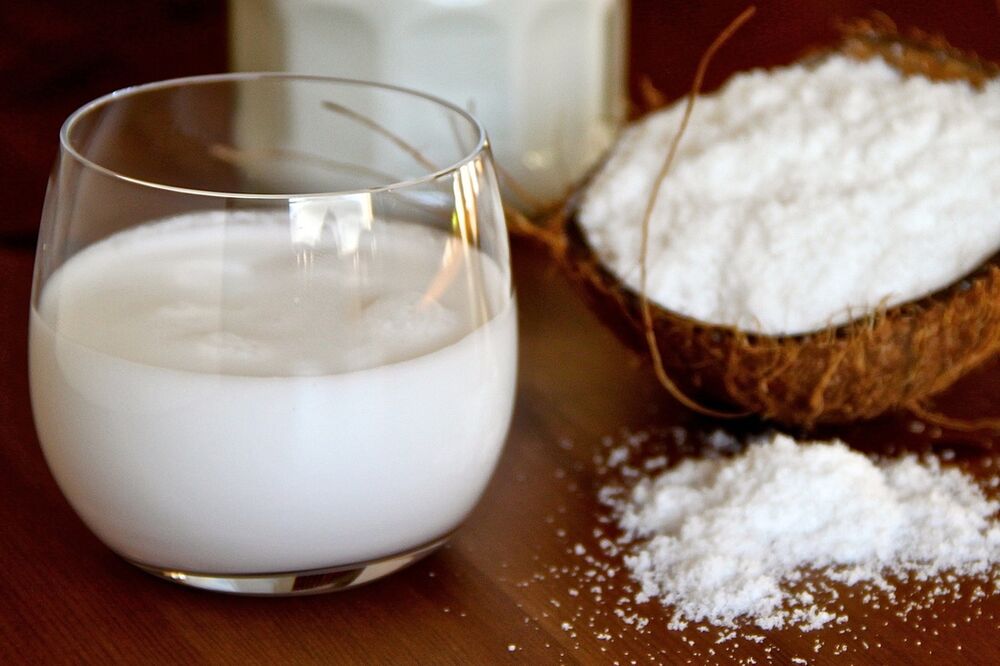 Of course, substituting coconut milk for breast milk or infant formula is a no-go. However, you may add a little coconut milk to the weaning baby’s or toddler’s diet.
Of course, substituting coconut milk for breast milk or infant formula is a no-go. However, you may add a little coconut milk to the weaning baby’s or toddler’s diet.
Coconut milk is obtained from mature coconut pulp. Its peculiar taste and creamy texture make it a common choice in savory and sweet recipes. Although it cannot substitute breastmilk, it has nutritional and therapeutic properties. Therefore, it is best to opt for fresh coconut milk prepared at home than canned coconut milk.
Read on to know the benefits of coconut milk and some interesting recipes with coconut milk for babies and toddlers.
When Can You Introduce Coconut Milk To Your Infant?
Babies older than 12 months may have calcium-fortified coconut milk as the main drink (1). If you wish to introduce coconut milk sooner, adding it to the baby’s weaning food is suitable (2). You could try coconut milk-based cheese, yogurt and desserts for babies older than six months occasionally (3). In any case, consult a pediatrician before giving coconut milk to the baby.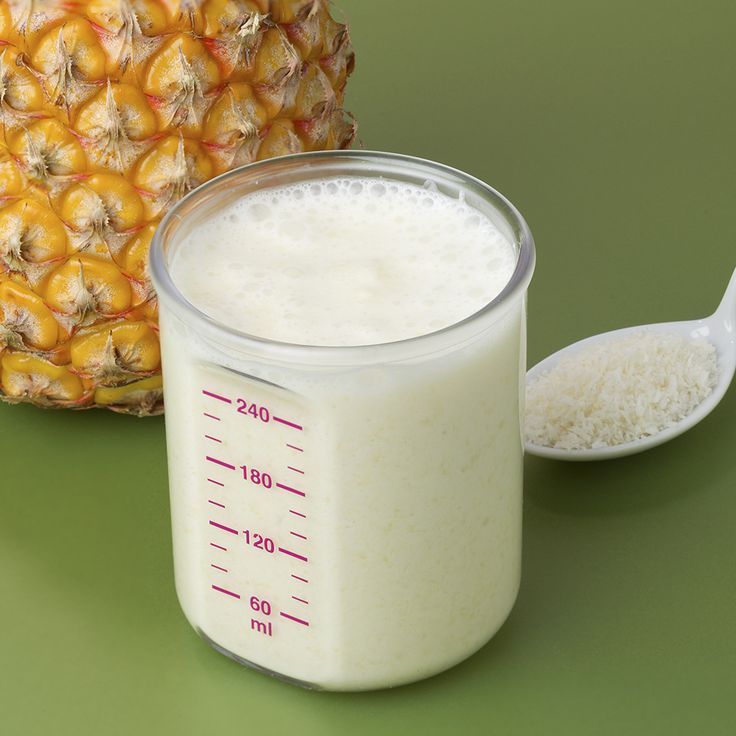
Nutritional Value Of Coconut Milk
The nutritional composition and qualities of coconut milk vary depending on the quality of coconut pulp. Coconut milk sold as a dairy alternative, that is, a milk substitute, is fortified with nutrients, such as calcium and vitamin D.
One fluid ounce (30.5g) of coconut milk fortified with calcium, vitamins A, B12, and D offers the following nutrients (4) (5).
| Nutrients | Amount | RDA (12-36months) |
|---|---|---|
| Water | 28.8g | – |
| Energy | 9.46kcal | – |
| Protein | 0.064g | – |
| Total lipid (fat) | 0.634g | – |
| Carbohydrate, by difference | 0.891g | – |
| Calcium, Ca | 57.3mg | 500mg |
| Potassium, K | 5.8mg | 1000mg |
| Sodium, Na | 5.8mg | 225mg |
| Vitamin A | 63µg | 400µg |
| Vitamin B12 | 0. 63µg 63µg | 0.7µg |
| Vitamin D | 1µg | 10µg |
Sources: US Department of Agriculture and World Health Organization
Coconut milk is often considered an alternative for lactose intolerant babies. However, whether to use coconut milk for a baby is a decision you need to make with a pediatrician. Some other dairy alternatives are soy milk, rice milk, oats milk, almond milk, and hemp milk.
Possible Health Benefits Of Coconut Milk For Babies
Coconut milk has nutritional elements, such as medium-chain triglycerides and bioactive compounds that could benefit health over time (6) (7). Below are some notable benefits of coconut milk that a baby may reap.
- Offers nutrients: Coconut milk is calorie-rich, has high amounts of saturated fat and minerals (8). This nutritional profile could make it a good choice for babies who need these nutrients to maintain their rapid growth and development.
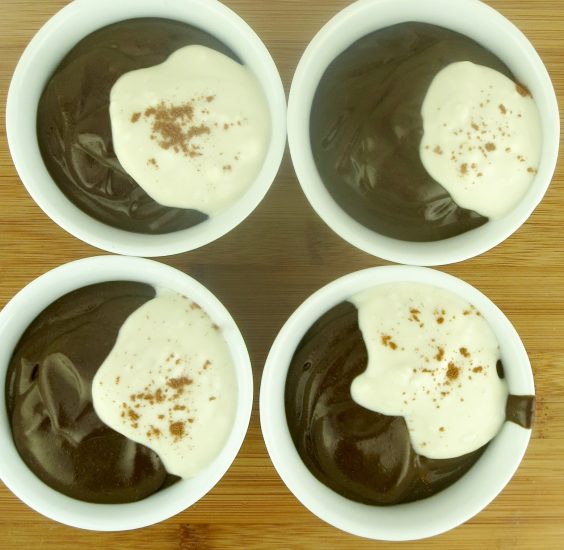
- Improves digestion: Coconut milk is considered to improve digestion and alleviate constipation through its high water content and bioactive compounds (9). However, clinical evidence to support this theory is limited.
- Strengthens immunity: The nutritional components of coconut milk could stimulate the immune system (10). Also, it contains bioactive compounds possessing antioxidant properties. The medium-chain triglycerides (MCTs), such as lauric acid, present in coconut milk, may help fight infections and illnesses (11).
- Supports brain development: Research shows that coconut milk contains considerable amounts of saturated fatty acid (10). These fatty acids may support the baby’s healthy brain development in the long run.
Besides these, coconut milk may also reduce inflammation and promote heart health over time.
Possible Side Effects Of Coconut Milk For Babies
Although coconut milk offers certain benefits, its use among babies is not promoted.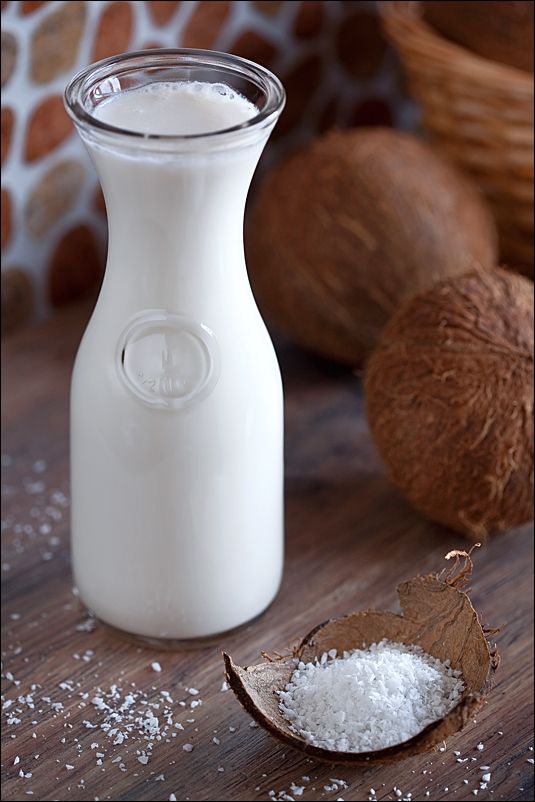 One cup of coconut milk offers 0.51g of protein, which is significantly lower protein than whole cow milk, which contains 7.69g of protein (12). Also, coconut milk is high in saturated fat, which may fill your baby’s little tummy and suppress their appetite for breast milk or formula milk, and other foods. It will be a good idea to keep saturated fat intake to a minimum.
One cup of coconut milk offers 0.51g of protein, which is significantly lower protein than whole cow milk, which contains 7.69g of protein (12). Also, coconut milk is high in saturated fat, which may fill your baby’s little tummy and suppress their appetite for breast milk or formula milk, and other foods. It will be a good idea to keep saturated fat intake to a minimum.
Commercial coconut milk, usually sold as a milk substitute, is often diluted and may contain artificial sweeteners and thickeners (10). These compounds may not be good for the baby’s health, and parents might want to avoid. Coconut is also a potential allergen though the allergy is not as common.
Note: If you wish to use coconut milk for cooking, use canned coconut milk specifically made for cooking purposes.
Precautions To Take While Using Coconut Milk For Babies
Here are some precautions to observe while using coconut milk for babies.
- Prefer to buy packaged coconut milk from a reputable and trusted brand.
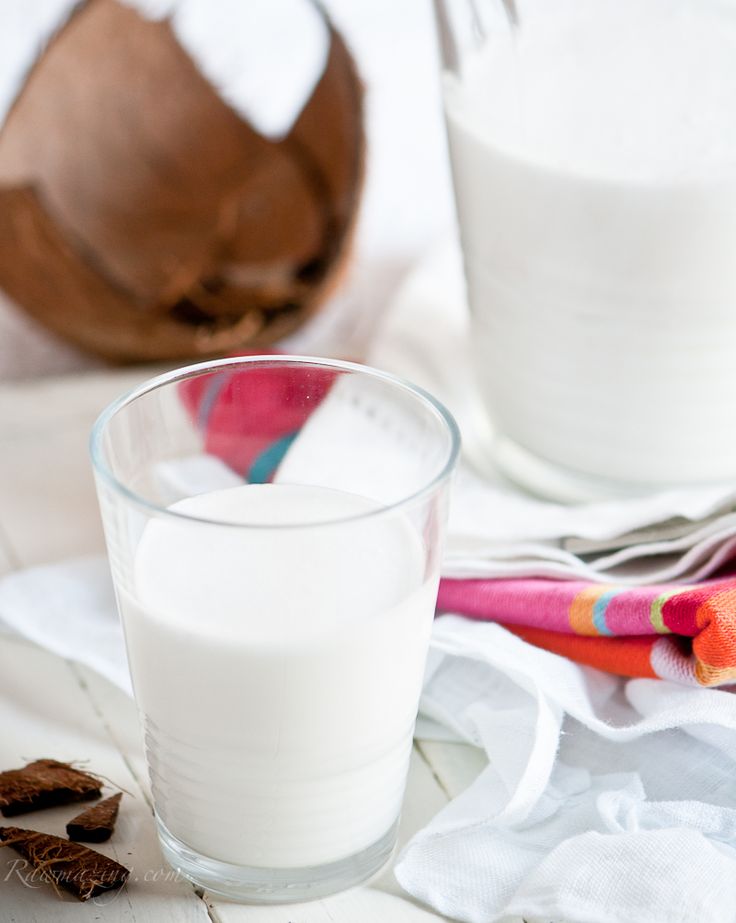 Look for no-sugar options fortified with essential nutrients, such as calcium and vitamin D.
Look for no-sugar options fortified with essential nutrients, such as calcium and vitamin D.
- Introduce coconut milk as a part of other foods, such as mash, puree, or porridge. Keep the intake occasional as its protein and calcium content is not enough. Being rich in calories and fats, it can keep your baby full for longer and suppress its appetite.
- Begin by feeding a teaspoon of coconut milk as a part of food preparation and gradually increase the intake to a tablespoon and then to two.
- After ingesting coconut milk, if the baby experiences discomfort or shows signs of sensitivity or intolerance, discontinue feeding, and try later.
- Allergy after eating coconut is rare, but the allergic reaction after touching coconut, called contact dermatitis, is relatively common (13). If the baby has an existing dermatitis condition or a family history of skin allergies, consult a doctor before introducing coconut milk.
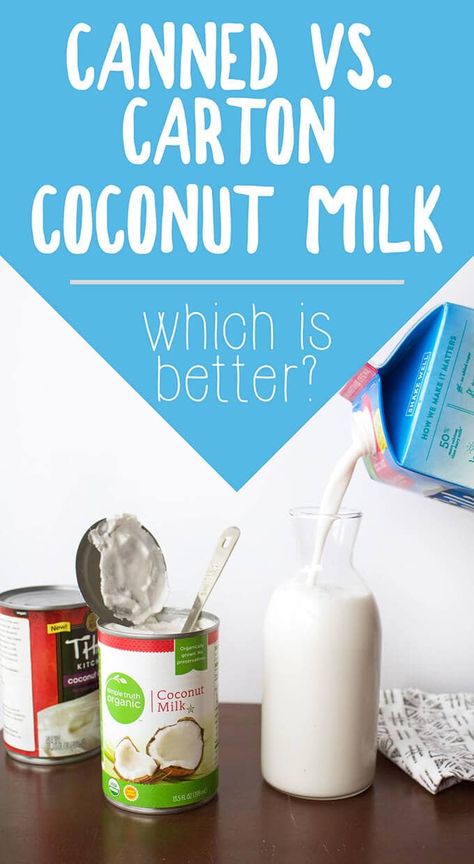
- Cross-reactivity of coconut with walnut and hazelnut has been reported. Most individuals with a tree nut allergy can eat coconut and its products (14). Nevertheless, if your baby has nut or other food allergies, consult a doctor before introducing coconut milk.
- Serve coconut milk as a drink to toddlers occasionally. Plain coconut milk, coconut milkshake, and coconut milk smoothie are some options to try.
- Keep the intake of coconut milk occasional, even for older toddlers. Toddlers older than two years should consume low-fat foods for effective weight management and optimum heart health (15).
Healthy Coconut Milk Recipes For Babies And Toddlers
Below are some easy-to-prepare, healthy coconut milk recipes that can enhance the nutritional value of your baby’s diet.
1. Coconut milk puree (6 months+)
Image: Shutterstock
You will need:
- ¼ cup mango puree
- ¼ banana puree
- ½tsp dry fruit powder
- 2tbsp coconut milk
How to prepare:
- Mix all the ingredients in a mixing bowl thoroughly.
 Ensure no lumps are present.
Ensure no lumps are present. - Transfer some amount in a feeding bowl and feed the baby. Store the remaining amount in an airtight container in the refrigerator for no more than two days.
2. Creamy lentil veggie curry (8 months+)
Image: Shutterstock
You will need:
- 50g red lentil (cooked)
- ½ cup corn kernels
- ½ carrot (peeled and finely chopped)
- ½ capsicum (finely chopped)
- 1 small onion(finely chopped)
- ½ cup coconut milk
- 1½ cup water
- 2tbsp olive oil
How to prepare:
- Heat the oil in a frying pan over low heat. Add onions and fry them until they turn golden brown.
- Stir in the lentil, corn kernels, carrot, and capsicum. Cook for five minutes until the veggies turn soft.
- Add water and coconut milk to the mixture and bring to boil over medium heat.
- Lower the flame, cover the pan and simmer the mixture for 15 to 20 minutes.

- When the lentils are soft, turn off the heat and set the pan aside to cool. The curry is ready.
- Mash or blend to appropriate texture before feeding it to the baby.
3. Sago and coconut milk porridge (10 months+)
Image: Shutterstock
You will need:
- ¼ cup sago (washed, drained, and soaked)
- 1 cup coconut milk
- 1cup water
- 1tsp dry fruit powder
- ⅛ tsp cardamom powder
How to prepare:
- Boil coconut milk and water mix in a saucepan over low heat.
- Add cardamom powder, dry fruit powder, and sago. Cook for seven to eight minutes while stirring occasionally. Ensure no lumps are present.
- As the milk boils, it will thicken. Add more water to adjust the porridge’s consistency.
- Once the mixture thickens as desired, turn off the flame, and set the porridge aside to cool. Pour some porridge into a feeding bowl and feed.
4.
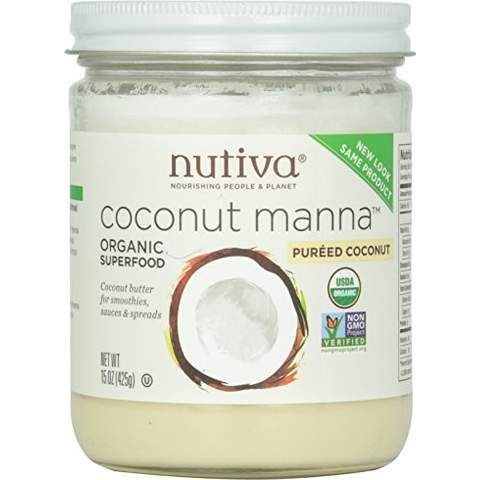 Banana and coconut milk smoothie (12 months+)
Banana and coconut milk smoothie (12 months+)Image: Shutterstock
You will need:
- 1 cup coconut milk
- 1 mashed banana
- ½tsp jaggery
- 1tsp dry fruit powder
How to prepare:
- Blend all the ingredients into a smooth-flowing smoothie in a blender. Ensure no lumps are present.
- Pour the smoothie into a serving glass and serve.
- You can add more seasonal fruits, such as mango, peach, berries, and pineapple.
Coconut milk for babies is an energy-dense beverage that they can consume along with other weaning foods. Feeding coconut milk to babies under 12 months is strongly discouraged. However, toddlers can consume a cup of coconut milk as their main drink or as a part of other foods such as soups, curries, porridge, and cakes. But never replace whole cow’s milk or breast milk with coconut milk since it lacks certain essential nutrients that babies and toddlers need for proper growth and development.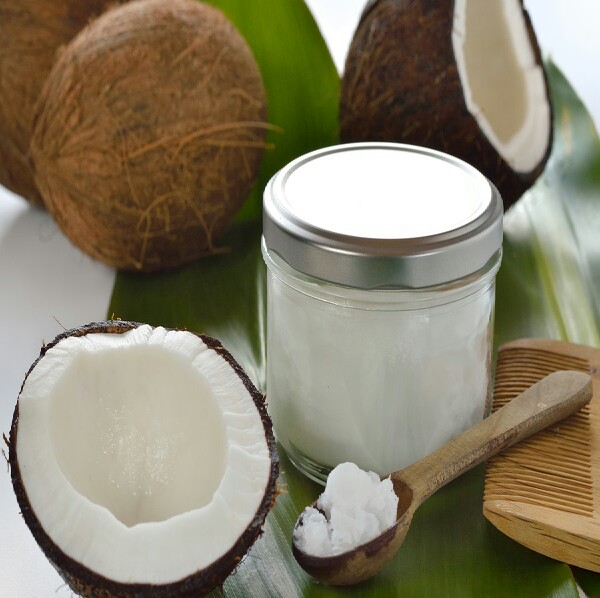 Instead, include coconut milk in moderation as a part of a balanced diet to enjoy its benefits.
Instead, include coconut milk in moderation as a part of a balanced diet to enjoy its benefits.
Key Pointers
- Babies older than 6 months may occasionally consume coconut milk-based products.
- Coconut milk is nutritious and also available fortified with calcium and vitamins.
- Make sure you buy packaged coconut milk from a reputable and trusted brand and keep the intake occasional for babies.
- Check out coconut milk puree, creamy lentil veggie curry, and other recipes to enhance the nutritional value of your baby’s diet.
References:
MomJunction's articles are written after analyzing the research works of expert authors and institutions. Our references consist of resources established by authorities in their respective fields. You can learn more about the authenticity of the information we present in our editorial policy.
1. Milk free diet for babies; NHS
2. Milk free diet for babies; NHS
3.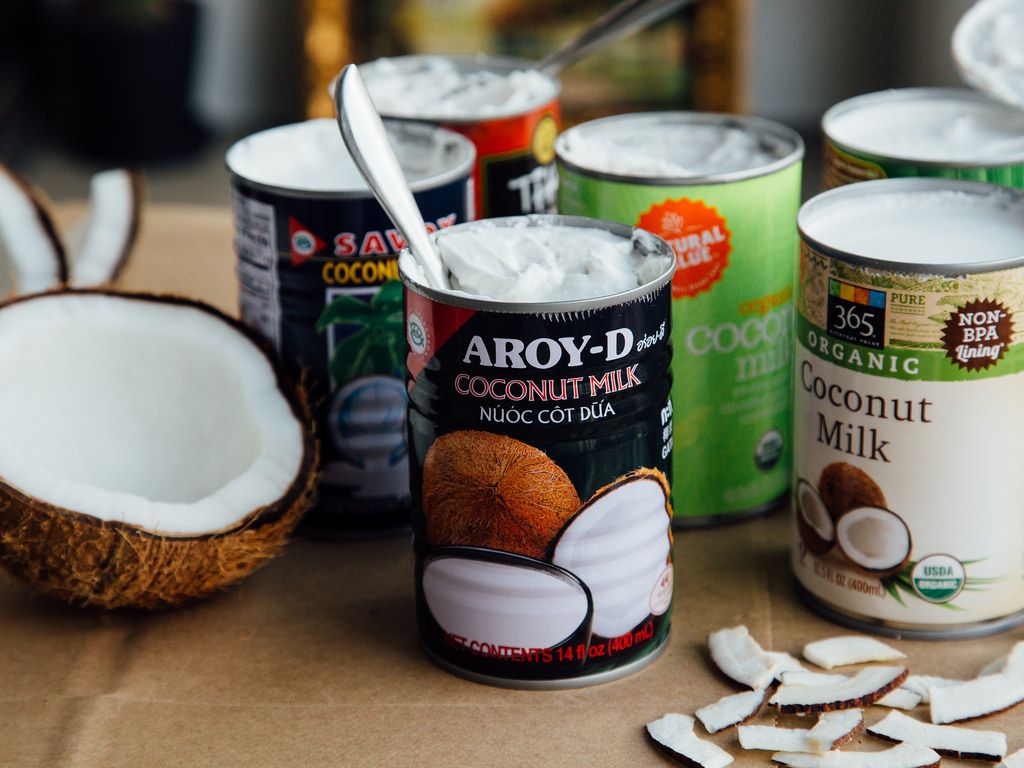 Cow’s Milk Free Diet for Infants and Children; NHS
Cow’s Milk Free Diet for Infants and Children; NHS
4. Coconut milk, FDC ID: 1097553; Fooddata Central; USDA
5. Feeding and nutrition of infants and young children; WHO
6. Kokilavani et al.; Identification of Volatile Compound in Coconut Milk Samples Using GC-MS; International Journal Of Current Microbiology Applied Sciences
7. Asiri N. Karunasiri et al.; Antioxidant and Nutritional Properties of Domestic and Commercial Coconut Milk Preparations; NCBI
8. Victor Ephraim Edem et al.; Optimization of Coconut (Cocosnucifera) Milk Extraction Using Response Surface Methodology; International Journal of Nutrition and Food Sciences
9. The Benefits of Coconut Milk; Jamaica Hospital Medical Center
10. Elvira Verduci, et al.; Cow’s Milk Substitutes for Children: Nutritional Aspects of Milk from Different Mammalian Species, Special Formula and Plant-Based Beverages; NCBI
11.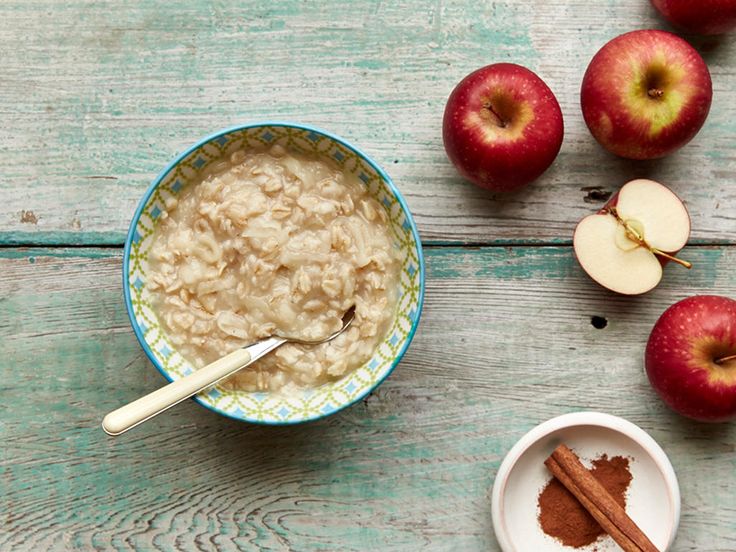 SaifAlyaqoubi et al.; Study of antioxidant activity and physicochemical properties of coconut milk (Patisantan) in Malaysia; Journal of Chemical and Pharmaceutical Research
SaifAlyaqoubi et al.; Study of antioxidant activity and physicochemical properties of coconut milk (Patisantan) in Malaysia; Journal of Chemical and Pharmaceutical Research
12. Cow’s Milk Alternatives: Parent FAQs; AAP
13. Coconut Allergy; Australian Society Of Clinical Immunology And Allergy
14. Coconut Allergy; Anaphylaxis Campaign
15. Dietary fat and children; Medline Plus; US National Library Of Medicine
The following two tabs change content below.
- Reviewer
- Author
Swati Patwal is a clinical nutritionist, a Certified Diabetes Educator (CDE) and a toddler mom with over eight years of experience in diverse fields of nutrition. She started her career as a CSR project coordinator for a healthy eating and active lifestyle project catering to school children. Then she worked as a nutrition faculty and clinical nutrition coach in different... more
Seeemaa Budhraja is a Delhi-based dietitian and nutritionist.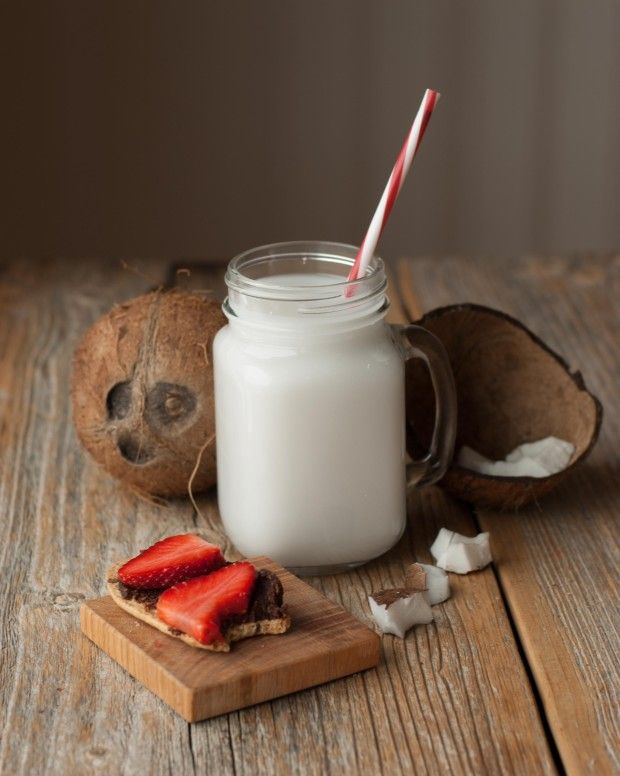 She specializes in weight and lifestyle management. She is a healthy recipe designer, works as a health motivator and wellness coach as well. She has worked as a slimming head with one of the top organizations in India. She excels in therapeutic diets for various lifestyle-related diseases. This renowned nutritionist is a... more
She specializes in weight and lifestyle management. She is a healthy recipe designer, works as a health motivator and wellness coach as well. She has worked as a slimming head with one of the top organizations in India. She excels in therapeutic diets for various lifestyle-related diseases. This renowned nutritionist is a... more
when you can drink and how much
› ›
Coconut milk seems like a healthy drink. In addition, it has a pleasant creamy, slightly sweet taste that many children like. They just want to treat the child, especially if he is allergic to cow's milk. The product contains many nutrients necessary for the growth and development of the baby. But at what age can coconut milk be safely given to children? And why can't it be considered a full-fledged replacement for breast and cow's milk?
Photo: Depositphotos.com. Author: snyfer.
Attention! Talk to your pediatrician before introducing your child to this exotic drink.
Content
- What kind of drink
- can be given: Age restrictions
- Rules for the first acquaintance
- Risk of allergies
- Nutrient value
- Benefits for the body of the child
- ADLE MOLOK OUT CHARATE
- Why will not replace cash milk
- Why do not replace cash milk0018
- Cooking at home without preservatives
What kind of drink is this
Despite the visual similarity to cow's milk (in color and texture) and its name, coconut drink is not milk. To obtain it, the crushed pulp of the nut is boiled and squeezed.
You can give: age restrictions
Coconut milk is not considered a dairy product in the classical sense and is safe for babies with lactose intolerance.
Many American pediatricians set the same age limits for the use of coconut and its derivatives as for nuts. In other words, a child can try such milk from the age of 3. Especially if one of the parents has a history of food allergies.
If the child is lactose intolerant and the next of kin do not have food allergies, the product can be carefully introduced into the diet of crumbs from 8–12 months. And watch the reaction of the body.
Rules for first acquaintance
After the first test (literally a couple of teaspoons), observe the child for three days. At the same time, do not introduce new foods into his diet that can blur the clinical picture. If there are no intolerance symptoms, you can safely give it to your baby as an independent drink, dilute infant formula on it or add it to various dishes: cereals, milk soups, mashed potatoes, boiled rice, etc.
For older children, milkshakes are made with coconut milk and fruits (strawberries, mangoes, bananas).
Allergy risk
Coconuts are highly allergenic, so the risk of developing an allergic reaction in children at the first meeting is quite high. Depending on the individual characteristics of the child's body, the symptoms range from mild to severe.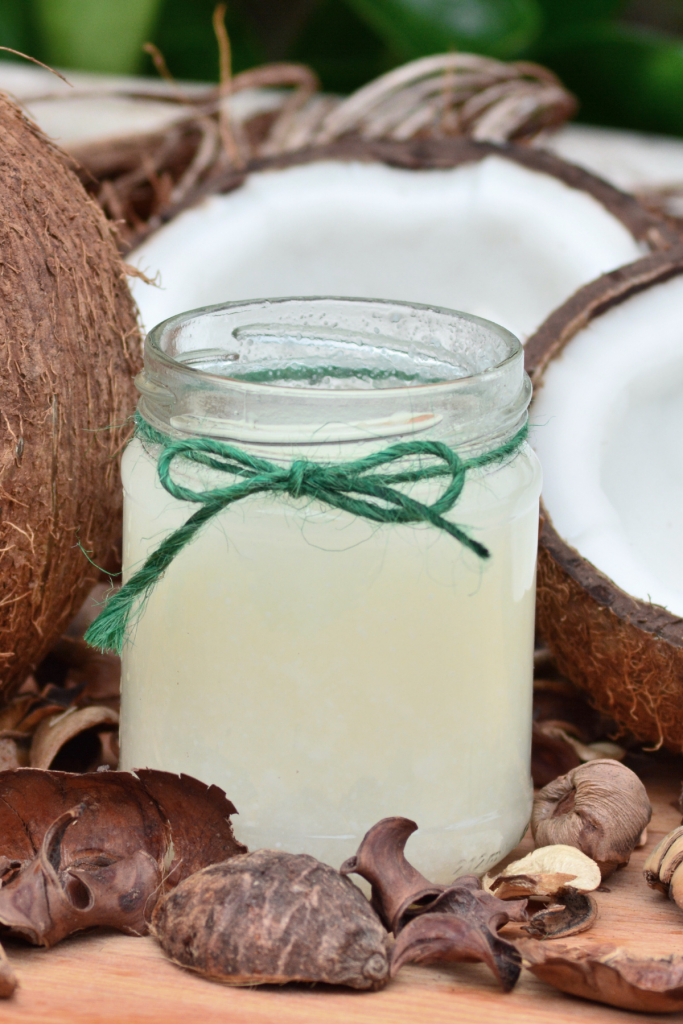
If your baby develops a rash, itches, or vomits after drinking a coconut drink, seek medical attention immediately.
Nutritional value
Coconut milk is rich in nutrients. It mainly contains vegetable fats that children need for brain development, strengthening defenses and improving skin condition. And some protein.
The drink also contains vitamins (C, E, thiamine) and minerals (iron, magnesium, zinc) to support the child's health, development and immunity.
| Coconut milk nutritional value (per 100g) | |
|---|---|
| Tiamin (B1) | 0.03 |
Benefits for the body of the child
useful for children's health. The properties of coconut milk:
-
- helps in the development of the brain of the brain : saturated, mono- and polyunsaturated.
- Strengthens baby's immune system with vitamin C (a powerful antioxidant involved in hematopoiesis and regeneration) and fatty acids.
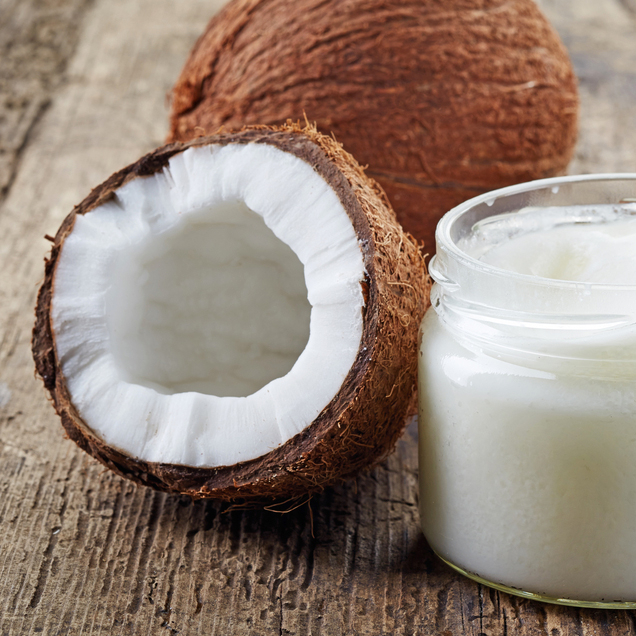
- Maintains normal blood pressure as it contains potassium and sodium in the optimal ratio.
- Shows antimicrobial properties, protecting the growing organism from viruses, bacteria and microbes.
Coconut milk and coconut water contain lipids involved in the formation of antibodies.
- Fights worms. The drink contains antimicrobial lipids, capric and lauric acids, which kill parasites in the intestines, increase the child's immunity and relieve pain (reduce pain in the baby's tummy) during treatment.
Breast milk is beyond competition
This drink cannot replace breast milk in an infant's diet as it lacks many vital nutrients. If the mother has problems with lactation, the baby is transferred to infant formula, but not to cow's milk, and even more so coconut milk.
Exotic drink loses to mother's milk for the following reasons:
- Contains little protein (only 2.3 g per 100 g), which is necessary for the development of all organs and systems, restoration of muscles and tissues in the body.
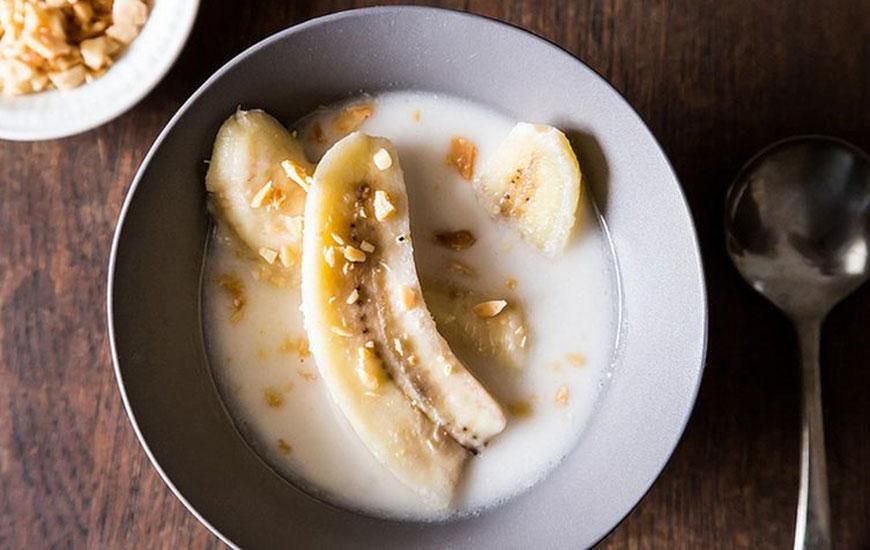 A child needs at least 11 g of protein per day.
A child needs at least 11 g of protein per day. - Low calcium content (only 10% of a child's norm). It is needed for the development of bones and teeth of the crumbs, normal proportional growth.
- Suppresses baby's appetite due to high fat content and high calorie content. After drinking coconut milk, the child may refuse to take other healthy foods and mother's milk for several hours. Over time, this can lead to vitamin and mineral deficiencies in his body.
Why not replace cow's milk
Please note that the drink cannot fully replace whole cow's milk. It lacks some of the vitamins, minerals and fats required by the child's body.
A vegetarian (or vegan) baby should be given other milk alternatives in addition to coconut milk that contain the nutrients the body needs. And the main thing in his diet should be soy milk.
And cow's milk itself is not a full-fledged analogue of mother's milk. Such a replacement often leads to dehydration and iron deficiency in crumbs.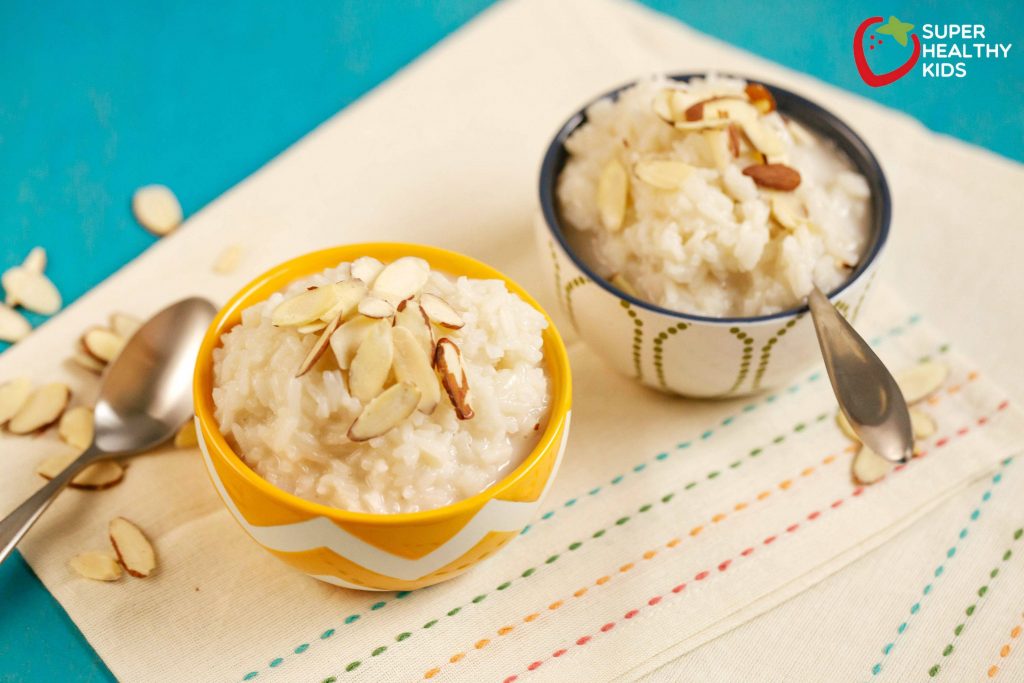
Cooking at home without preservatives
The easiest way to buy coconut milk is in the store. As a rule, it is sold in boxes or in cans. But when it comes to baby food, this is not the best solution.
It is best to prepare it at home if possible. Such a drink will definitely not contain preservatives harmful to the child. The recipe is simple.
Preparation:
- Crack one mature coconut, collect the water in a bowl and set aside.
- Remove the pulp, grate (or grind in any other way).
- Boil in a little clean water.
- Mix prepared coconut water with boiled pulp, grind to a thick paste.
- Cover a colander or sieve with cheesecloth folded in several layers, pour the mixture into it.
- Squeeze coconut milk into a clean container, let cool.
It is not recommended to store this drink for a long time.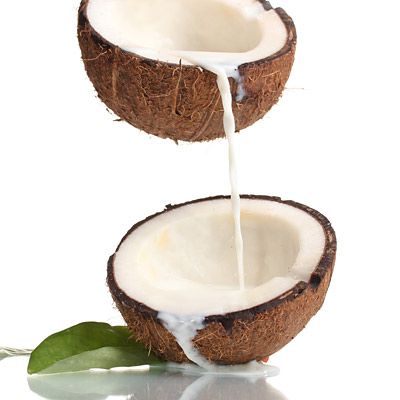
How to give goat's milk to a child.
Share with friends:
Author: Yakusheva Tatyana
Can I give and from what age
Published
Reading time: 4 minutes
Coscock is a fruit is a fruit sea coasts with a delicate taste and expressive smell. It can be used in a variety of ways – it is eaten fresh, it is used to make fragrant butter, and fragrant and nutritious milk is obtained. Pediatricians advise that coconut be sure to be given to children, as this fruit has a wide range of useful qualities. But before introducing tropical nuts into complementary foods, mothers should consider at what age coconut milk can be given to babies.
1 Is it possible for children coconut milk and coconut
1.1 Features of the composition
1.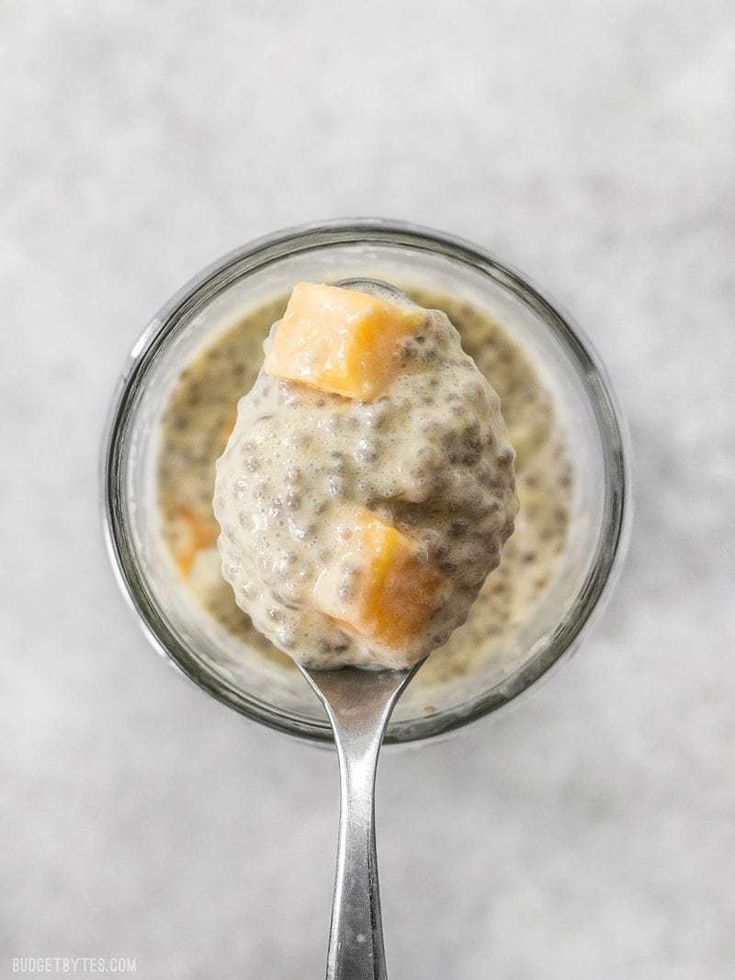 2 The benefits of coconut milk for children
2 The benefits of coconut milk for children
1.3 .1.1 Related entries:
Features of the composition
Coconut milk, which can be used by children from an early age, is obtained by mixing the liquid from an exotic nut with its pulp, after which the mixture is crushed with a blender. It consists of:
- vitamins of category A, B, C, E;
- micro and macro elements - potassium, zinc, magnesium, calcium, selenium, iron;
- fructose;
- organic acids.
Nutritionists commentary and many articles on the properties of the tropical nut emphasize that flavored milk can be a great option for a tasty and healthy snack. This product saturates well, provides a long-lasting feeling of satiety and does not lead to an increase in body weight.
Benefits of coconut milk for children
At what age can coconut milk be given to children - when answering this question, it must be taken into account that this fruit is famous not only for its delicate taste, but also for its beneficial properties.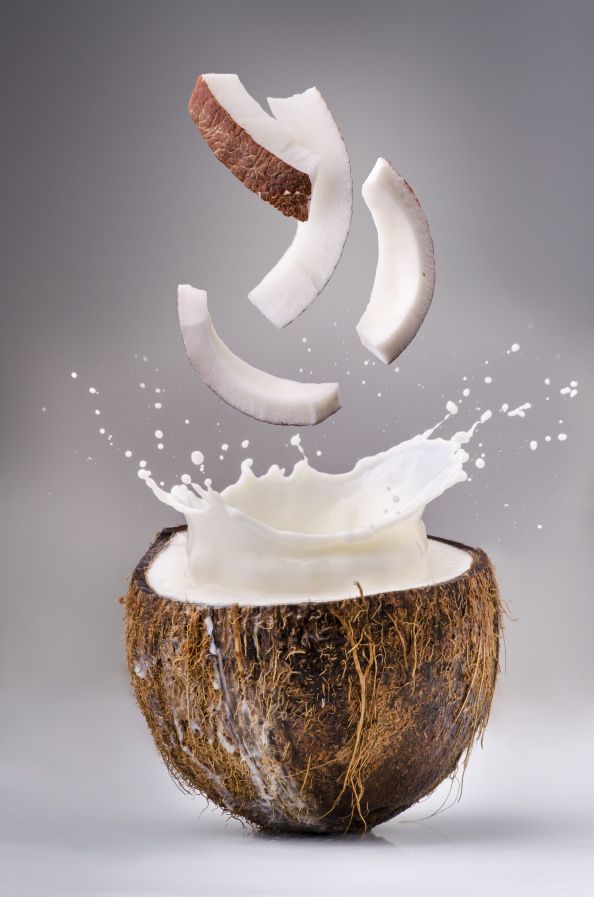
Benefits of coconut for children:
- Increases immunity in children of different ages, restores the body after illness or surgery.
- Has a positive effect on nerve cells, strengthens the central nervous system, protects against the negative effects of stress and improves mood.
- Effectively fights various infections and inflammatory processes.
- Stimulates the cardiovascular system, prevents blood clots.
- Improves the functioning of the digestive system, speeds up the digestion of food.
- Activates intestinal motility, cleansing the body of toxins and solving the problem of constipation.
- Improves cholesterol, sugar and hemoglobin levels.
- The use of an exotic product is an effective prevention of cancer.
Life is great! Milk soul. Coconut milk.(06/07/2016)
Watch this video on YouTube
Coconut milk in baby food strengthens the bone skeleton and teeth, ensures the full formation of muscle tissue.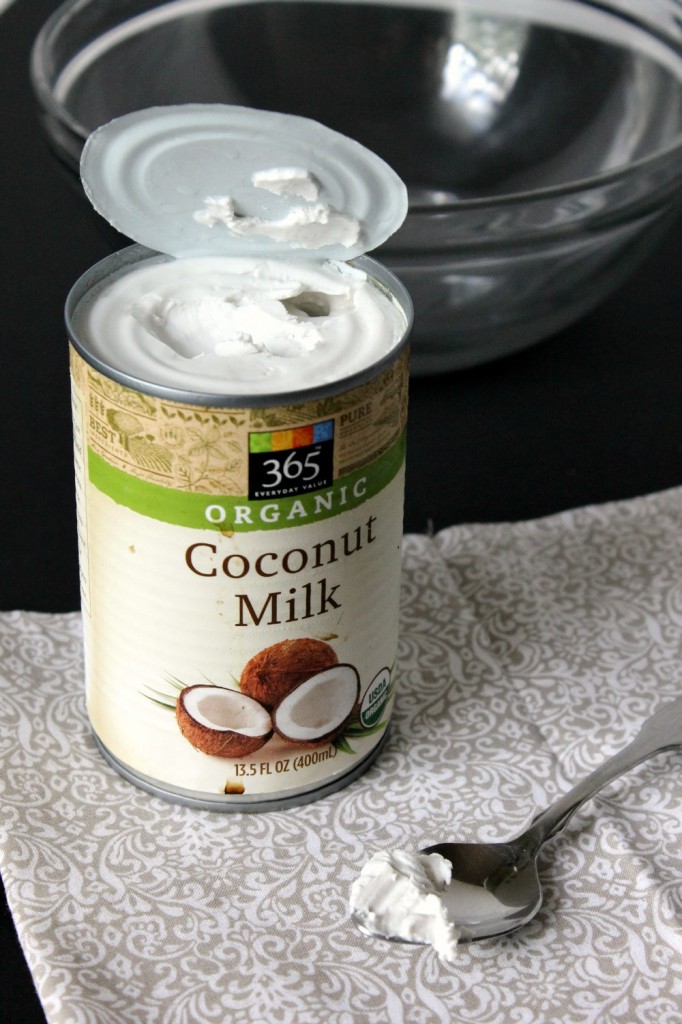 The composition of the exotic fruit does not include sugar (fructose provides a sweet taste), for this reason it can even be given to those suffering from diabetes.
The composition of the exotic fruit does not include sugar (fructose provides a sweet taste), for this reason it can even be given to those suffering from diabetes.
Tropical fruit drink is an excellent substitute for cow's milk if your baby is allergic to the animal proteins it contains.
When babies can eat coconut
At what age can children try coconut - the introduction of tropical fruit into baby foods is best after 2-3 years, when the baby's digestive system is ready for a new product. This nut belongs to exotic products that do not grow in our area, so hurry up with such a treat.
Basic rules for eating coconut:
- How long can you feed your baby with coconut and its milk - after 2-3 years if you have digestive problems or are allergic to cow's milk.
- Coconut milk is given to children under one year only in one form - diluted and only after a recommendation from a doctor, when he does not have a tendency to stool disorders and allergic reactions.
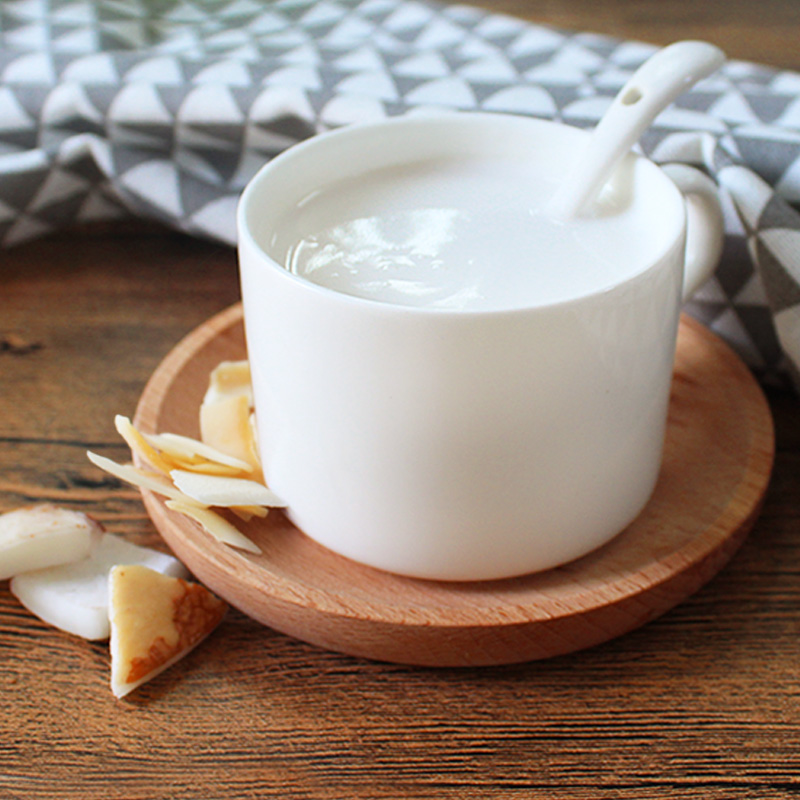
- Parents need to know not only from what age you can give your child coconut food, but also that the baby should not be treated to such a product more than once a week.
For the first “acquaintance”, the coconut drink should be diluted with water in equal proportions and given to the baby no more than a teaspoon of the drink. In the event that he does not have allergies and digestive disorders, the amount of the product is allowed to be increased to 2 teaspoons twice a week.
Possible harm of coconut milk
When deciding how much to diversify a child's diet with coconut milk, one should take into account that an exotic fruit often causes allergies or hypersensitivity. Skin rashes, burning and redness, swelling, nausea, upset stool indicate that coconut should be excluded from the crumbs menu.
The main danger when eating coconut is that it is very difficult to find a high-quality, natural and organic fruit on the market. Many manufacturers stuff fruits with nitrates, preservatives and other chemical additives. They give an attractive appearance to nuts and preservation during long-term transportation, but they are of great harm to children's health.
They give an attractive appearance to nuts and preservation during long-term transportation, but they are of great harm to children's health.
Milk from an exotic fruit should not be drunk in case of diseases of the gastrointestinal tract, gallbladder, liver dysfunction, frequent diarrhea.
Coconut milk in the children's menu
Milk can be given to children in its original form or used as a supplement to other products. It goes well with oatmeal, rice and other cereals, is added to "airy" cream soups and even meat dishes. A nut drink can be a tasty and nutritious base for making ice cream, smoothies and various desserts.
Oatmeal with coconut milk
BREAKFAST WITH COCONUT MILK / 3 RECIPES - well, very tasty!
Watch this video on YouTube
- oatmeal - 250 g;
- coconut milk - 350-400 ml;
- honey - 50 g;
- chopped walnuts - 50 g.
Mix coconut milk with water in equal proportions, pour into a saucepan and bring to a boil.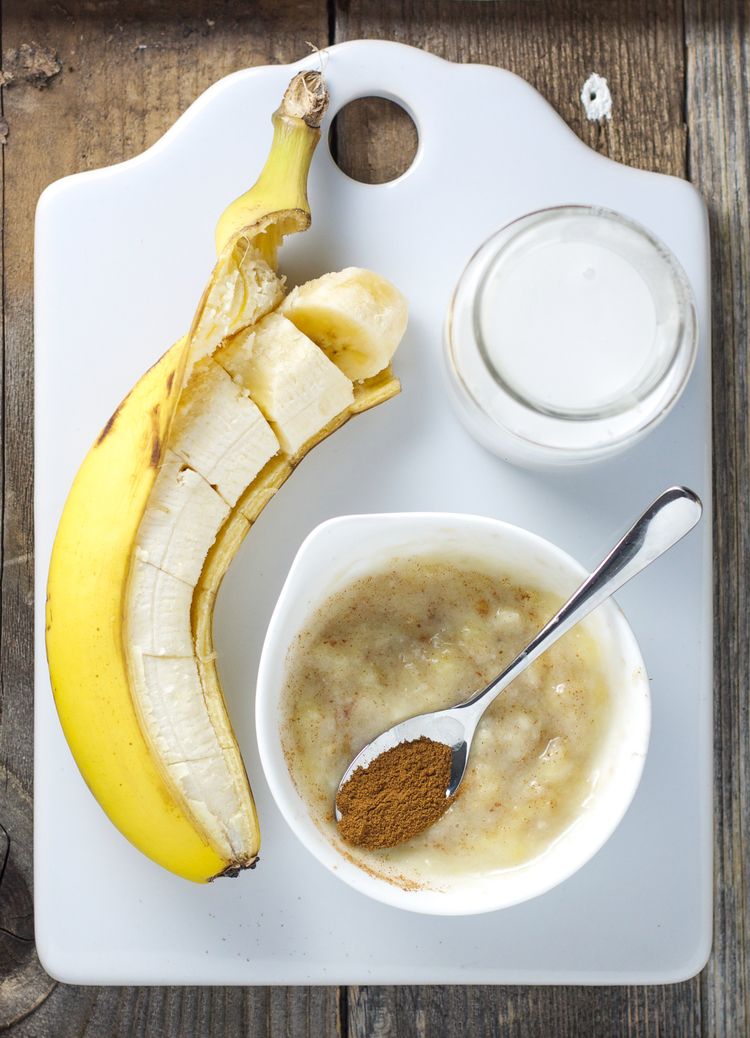 Add oatmeal and simmer over low heat until cooked through. Season the finished dish with honey and sprinkle with chopped walnut kernels.
Add oatmeal and simmer over low heat until cooked through. Season the finished dish with honey and sprinkle with chopped walnut kernels.
If desired, slices of bananas or other fruits, blueberries, raspberries, strawberries, raisins or dried apricots can be added to the porridge.
Oatmeal Coconut Cookies
Oatmeal Coconut Cookies
Watch this video on YouTube
- Oatmeal - 200g;
- coconut milk - 100-120 ml;
- granulated sugar - 150-180 g;
- peanut butter - 50 g;
- chocolate chips - 30 g;
- cocoa powder - 2 tbsp. l;
- butter - 2 tbsp. l.
In a small saucepan, stir the milk with sugar, cocoa powder, butter, peanut butter and chocolate chips. Mix thoroughly, place over low heat and bring to a boil.
Boil the chocolate mass for 1-2 minutes, then add oatmeal to it. Form small cookies with a spoon and place on a parchment-lined plate to cool.